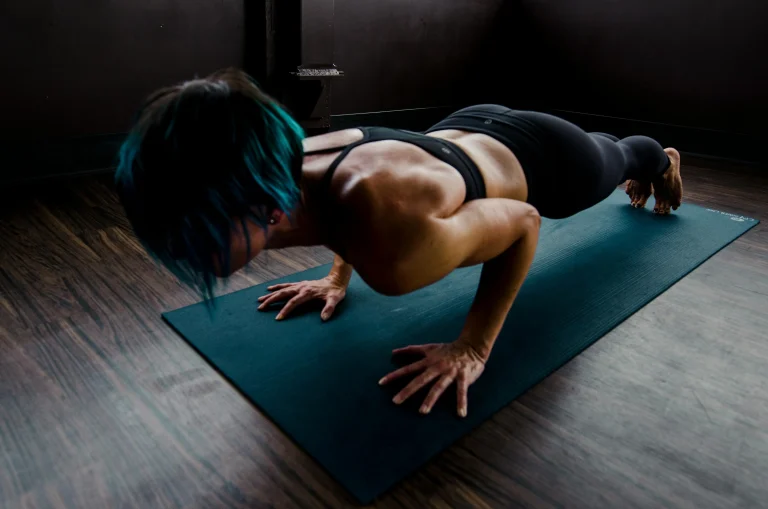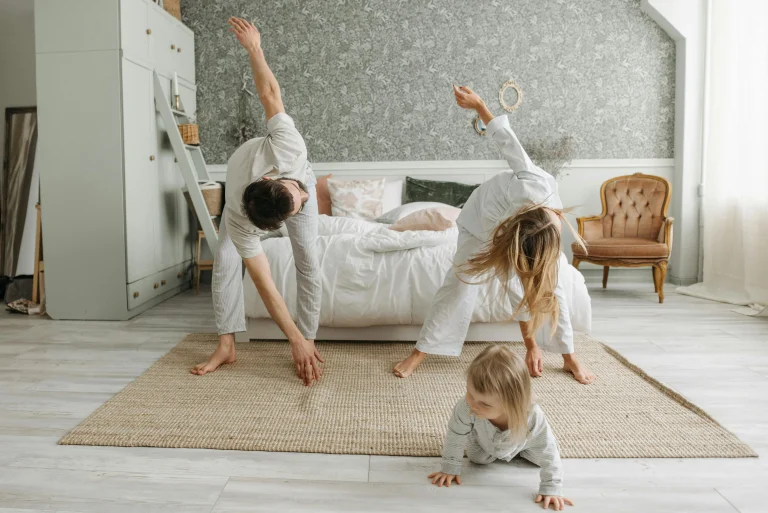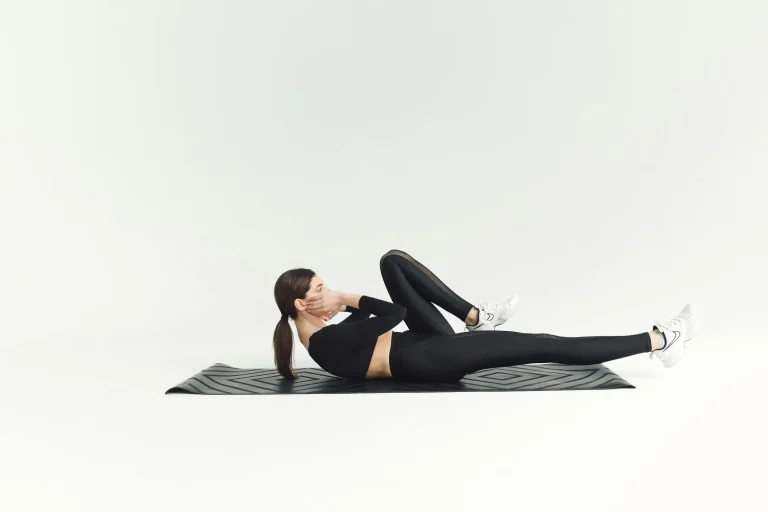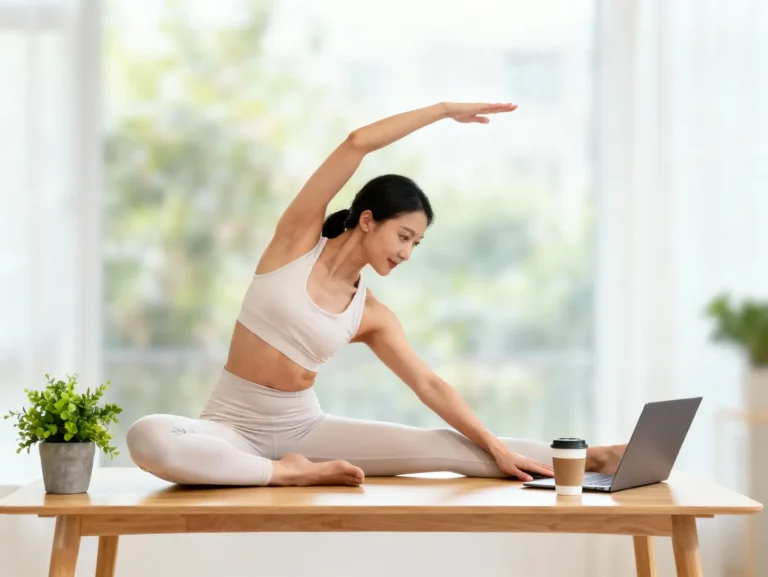Practicing yoga at home offers flexibility, privacy, and convenience but it also comes with its own set of challenges. Without the structure of a studio or the energy of a group class, it’s easy to lose momentum. The good news? With a few intentional strategies, you can build a consistent home yoga practice that supports your body, mind, and lifestyle.
Whether you’re new to yoga or transitioning from studio sessions, this guide will help you stay motivated, organised, and grounded in your practice.
Why Home Yoga Works (When You Make It Work for You)
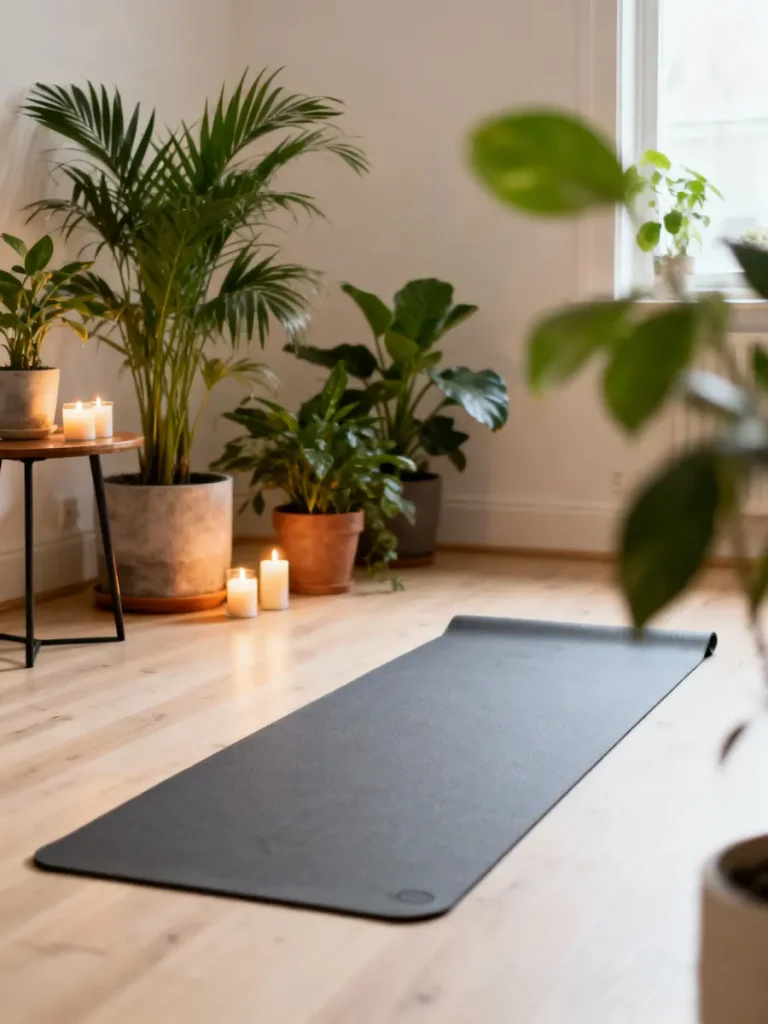
Home yoga gives you the freedom to move on your own terms. You can choose your pace, style, and schedule no commute, no dress code, no pressure. But that freedom can also lead to inconsistency if you don’t set clear intentions.
Benefits of practicing yoga at home:
- Saves time and money
- Allows for personalised routines
- Supports daily integration of movement and mindfulness
- Encourages self-awareness and autonomy
- Makes yoga more accessible and sustainable
The key is to treat your home practice with the same respect you’d give a studio class. That means showing up, staying present, and creating a space that invites movement.Your Weekly Wellness Boost
How to Set Up Your Space for Success
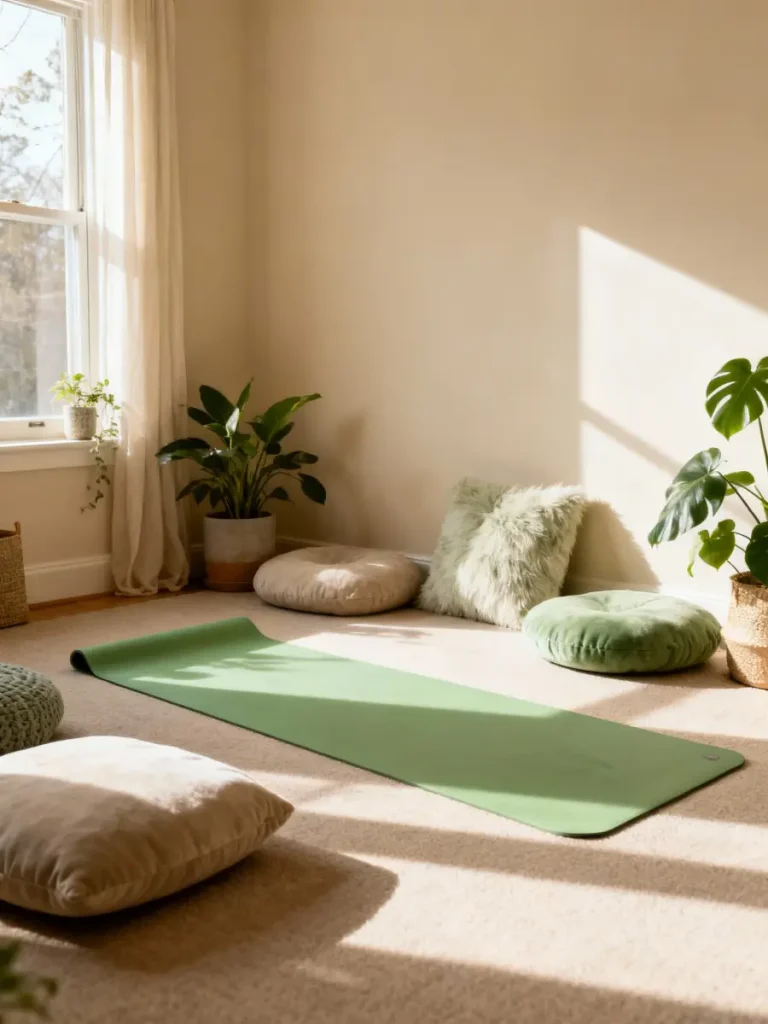
You don’t need a dedicated yoga room but you do need a space that feels calm, safe, and distraction free. Your environment plays a big role in how you show up for your practice.
Tips for creating a supportive space:
- Choose a quiet corner with natural light if possible
- Keep your mat, blocks, strap, and any props within reach
- Add elements that inspire calm plants, candles, soft music
- Minimise clutter and digital distractions
- Use a mirror or camera if you want to check alignment
Consistency starts with accessibility. When your space is ready, it’s easier to roll out your mat and begin even on busy days.
Build a Routine That Fits Your Life
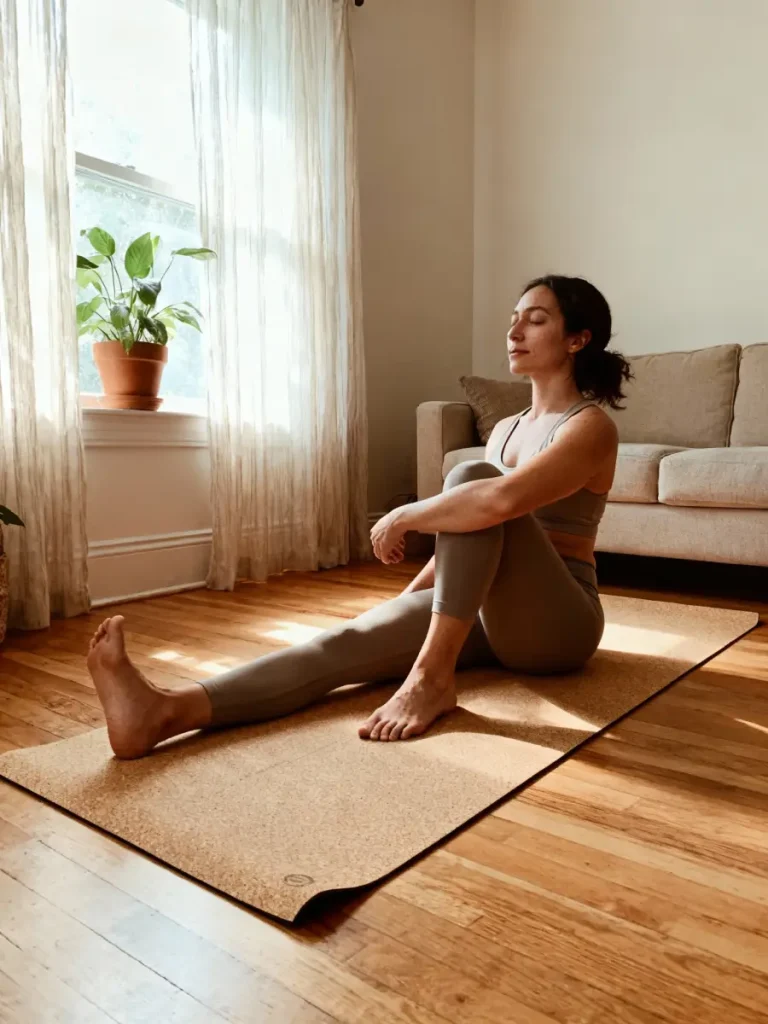
One of the biggest advantages of home yoga is flexibility. You can practice for 10 minutes or an hour, morning or evening, restorative or power flow. The trick is to create a rhythm that feels doable and sustainable.
Here’s how to build your routine:
- Start with 2–3 sessions per week and build from there
- Choose a consistent time of day that aligns with your energy
- Use online classes, apps, or playlists to guide your flow
- Alternate between styles—e.g., Vinyasa, Yin, Hatha—to stay engaged
- Track your sessions with a journal or calendar to stay accountable
Remember: consistency doesn’t mean perfection. It means showing up regularly, even when your practice looks different each day.
Stay Motivated Without External Pressure
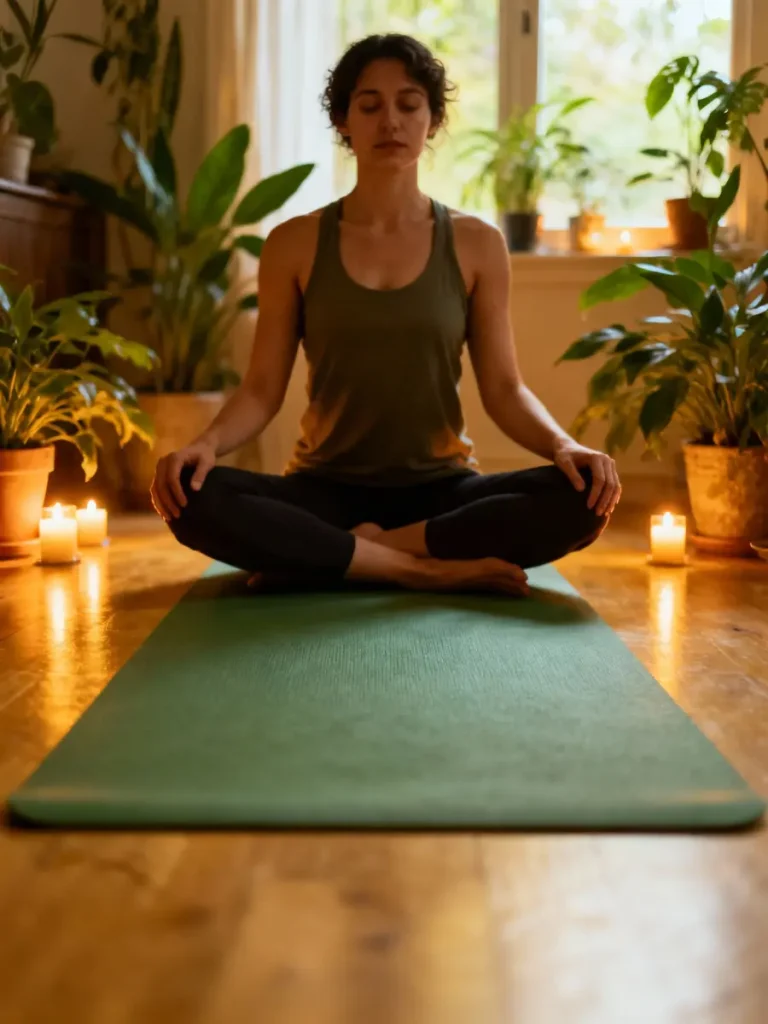
Without a teacher or group to motivate you, it’s easy to skip a session or lose focus. That’s why internal motivation and self-reflection are key to a lasting home practice.
Ways to stay inspired:
- Set a weekly intention or theme (e.g., grounding, breath, strength)
- Reflect on how your body feels before and after each session
- Celebrate small wins like trying a new pose or showing up on a tough day
- Join virtual communities or challenges for connection
- Revisit favourite flows or teachers to reignite your energy
Yoga is a personal journey. When you connect with your “why,” consistency becomes a natural extension of your lifestyle.
Common Pitfalls and How to Avoid Them
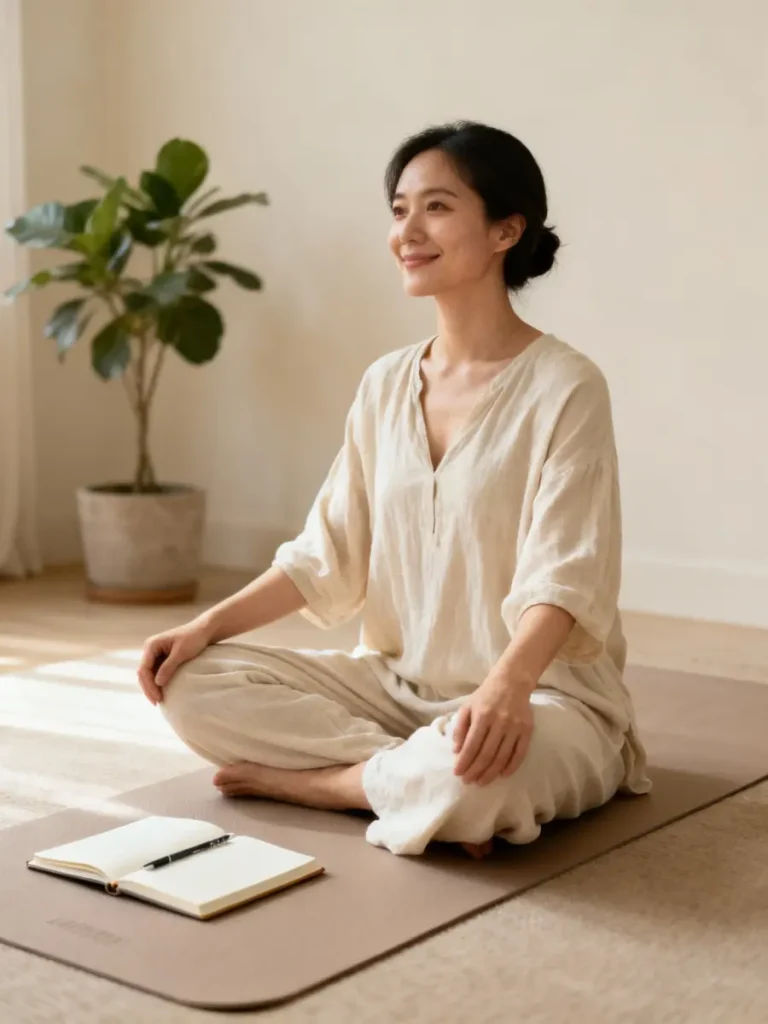
Even the most dedicated yogis face roadblocks. The key is to anticipate them and adjust your approach with compassion.
Here’s what to watch out for:
- Skipping warm-ups or cooldowns: These are essential for safety and integration
- Comparing your home practice to studio sessions: Focus on progress, not perfection
- Practicing without guidance: Use reputable sources to ensure proper alignment
- Letting distractions take over: Silence notifications and set boundaries during practice
- Burnout from overcommitting: Start small and build gradually
Your home practice should feel supportive not stressful. Adjust as needed and honour your body’s signals.
Editorial Sources
Real Fit Wellness is committed to providing accurate, trustworthy content sourced from peer-reviewed research, board-certified medical experts, patient insights, and leading health organizations. Our editorial standards prioritize clarity, credibility, and relevance.
Sources
Yoga International – How to Start a Home Yoga Practice
https://yogainternational.com/article/view/how-to-start-a-home-yoga-practice
DoYou – 7 Tips to Build a Consistent Home Yoga Practice
https://www.doyou.com/7-tips-to-build-a-consistent-home-yoga-practice-122/
Yoga Journal – How to Create a Home Practice That Sticks
https://www.yogajournal.com/practice/how-to-create-a-home-practice-that-sticks/



